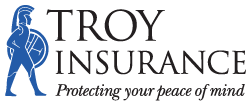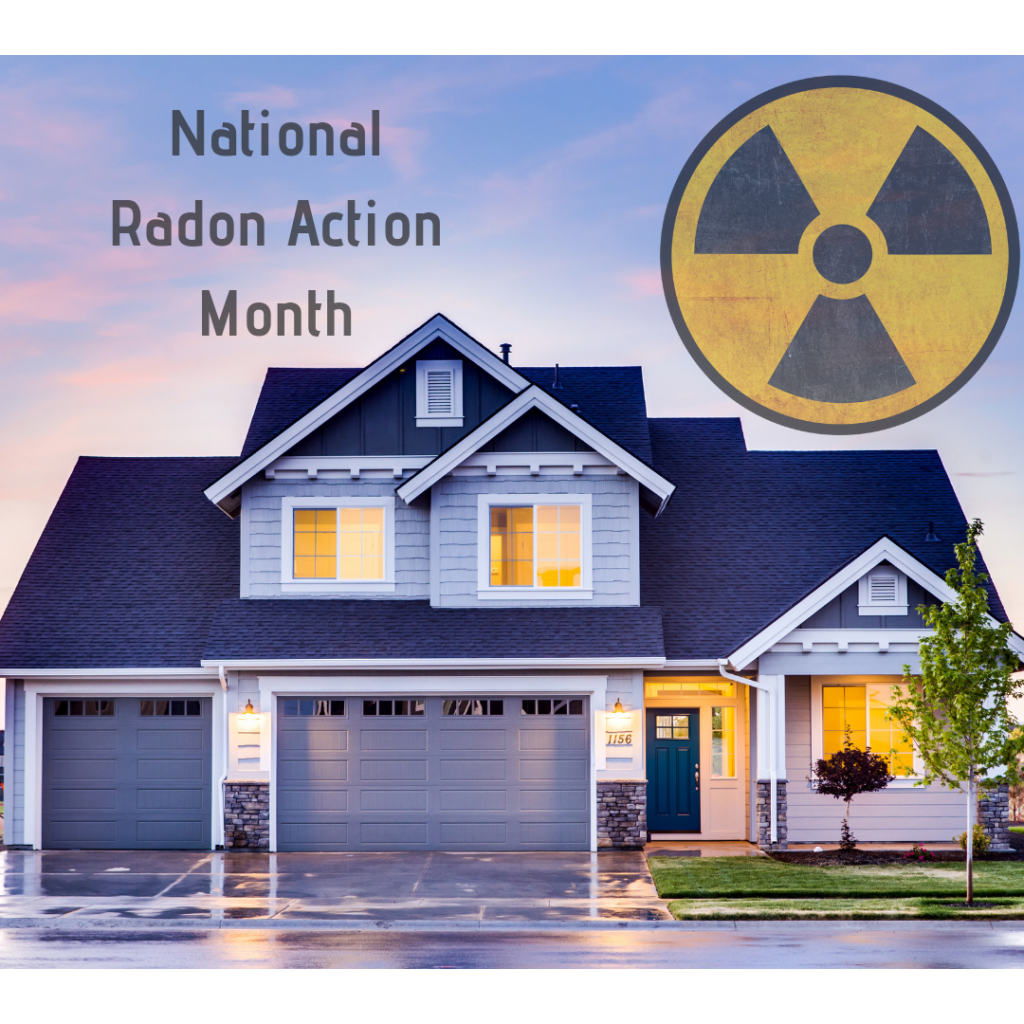January is National Radon Action Month! During this time, Troy Insurance encourages you to get your home tested for radon! According to the U.S. Environmental Protection Agency (EPA), exposure to radon links to lung cancer. That is approximately 21,000 lung cancer deaths annually, making it the leading cause of lung cancer for non-smokers.
What is Radon?
Radon is a natural gas that is harmless in small amounts. It derives from the breakdown of uranium in soil and rocks. This leads to it being concentrated in homes built on soil with natural uranium deposits. Radon can enter buildings through cracks in floors or walls, construction joints, or gaps in foundations around pipes, wires or pumps. Radon levels are usually highest in the basement or crawl space.
This may damage the cells in the lining of the lungs and increase a person’s risk of lung cancer. The risk of lung cancer is higher in those who have lived for years in a radon-contaminated house.
Testing for Radon
The only way to know whether it’s a problem in your home is to test for it. Here is a video created by contractor, Mike Holmes, who explains everything you need to know about radon, and what to do if your home has it.
If you prefer a document, the EPA has a PDF that is also very informative as the video. Find it here.
Other Methods
To lower the amount of radon in your home, have a vent pipe system and fan installed. It will pull radon from beneath the house and vent it to the outside. It is also possible for radon to enter your home through your water supply. However, this is a much lower risk than radon entering your home through the soil.
Troy Insurance wants to ensure that your home is safe for you. For more information, please visit Cancer.org’s article here.



